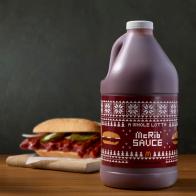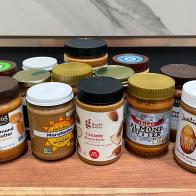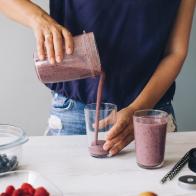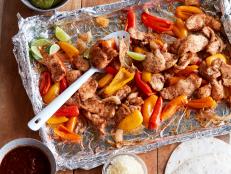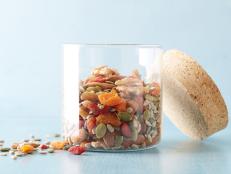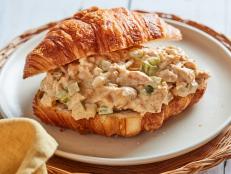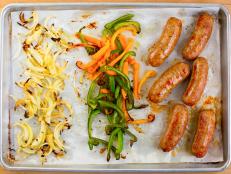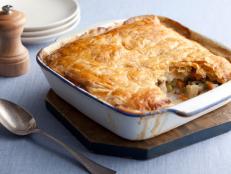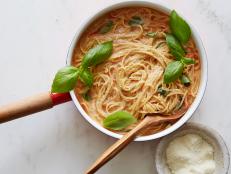How to Make Sure Your Salad Is a Full Healthy Meal
Salads are touted as the ultimate healthy meal. Here's how to make sure you're getting enough nutrition in each bowl.
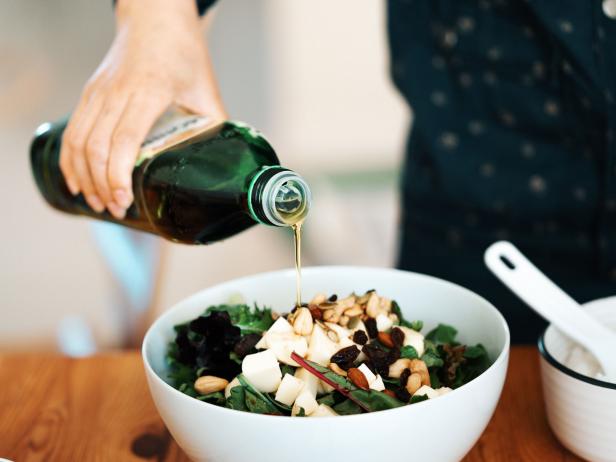
wenyi liu/Getty
Salads are touted as the ultimate healthy meal, even though it can fall short when it comes to nutrition. Yes, vegetables are undoubtedly an excellent source of vitamins, minerals and phytonutrients, however this doesn’t necessarily mean that you should be eating a bowl of veggies your main meal. Even when paired with grilled chicken and dressing, a minimal bowl of greens does not contain enough nutrition to sustain the needs of an adult for any given meal.
It’s very common practice to pair vegetables with protein in an attempt to eat healthier. As a dietitian, I see many clients who tell me that they cut out carbohydrates and fats in an attempt to improve their health or lose weight. The problem? They would be left feeling hungry and many of them would end up bingeing on the foods they had tried to restrict after their meal was done.
The good news is that if you love salads, they can absolutely be a complete meal with proper planning! Here's how.
Meal-Size Salads Should Have Calories and Combinations
The first thing to keep in mind is whether or not your salad has enough calories. I generally don’t recommend calorie counting, however for people with a history of dieting and restriction, having some awareness about calories can be helpful to make sure you’re not undereating. I recommend that no meal be less than 500 calories. 500 calories is the bare minimum and from there you can assess how satisfied you are with the meal you’re having. Make sure you’re incorporating carbohydrates, protein and fat into every meal. Having a variety of different foods on your plate can take the guesswork out of making sure you’re getting enough nutrition.
How to Build a Salad As a Meal
Here is a guide to building a hearty, nutritious salad that actually counts as a meal. Pick at least one food from each category and add onto a bowl of your favorite vegetables!
Carbohydrates:
- Rice
- Quinoa
- Couscous
- Sweet potatoes
- Butternut squash
- Fruits
- Croutons
- Bread/Pita
- Corn
- Barley
- Tortillas
Protein:
- Chicken
- Turkey
- Shrimp
- Pork
- Legumes
- Fish
- Boiled eggs
- Tofu
- Steak
Fats:
- Yogurt
- Olive oil
- Avocado
- Nuts & seeds
- Olives
- Oil-based dressings
- Crumbled cheese
Meal-Size Salads to Try
Here are some examples of salad combinations that pull from the list above to put this all into context:
The above list is not definitive and you can customize with your favorite foods from each group! Keep in mind that aside from meeting your energy needs, you want to assess how satisfied you feel with any meal you’re enjoying. There’s no need to cut out food groups in the name of good health, and doing so can actually result in nutrient deficiencies. There’s an endless amount of ways to create salads that satisfy and kale or brown rice are not prerequisites. Define health through your own terms and make sure it reflects your individual needs and values!
As a registered dietitian/nutritionist and Certified Diabetes Educator, Wendy Lopez, MS, RDN, CDCES is passionate about accessible and culturally relevant nutrition education. She is the co-host of the Food Heaven Podcast, and the co-founder of Food Heaven, an online platform that provides resources on cooking, intuitive eating, wellness and inclusion. When not working on creative projects, Wendy also provides nutritional counseling and medication management to patients with diabetes.
*This article was written and/or reviewed by an independent registered dietitian nutritionist.
Related Links:












